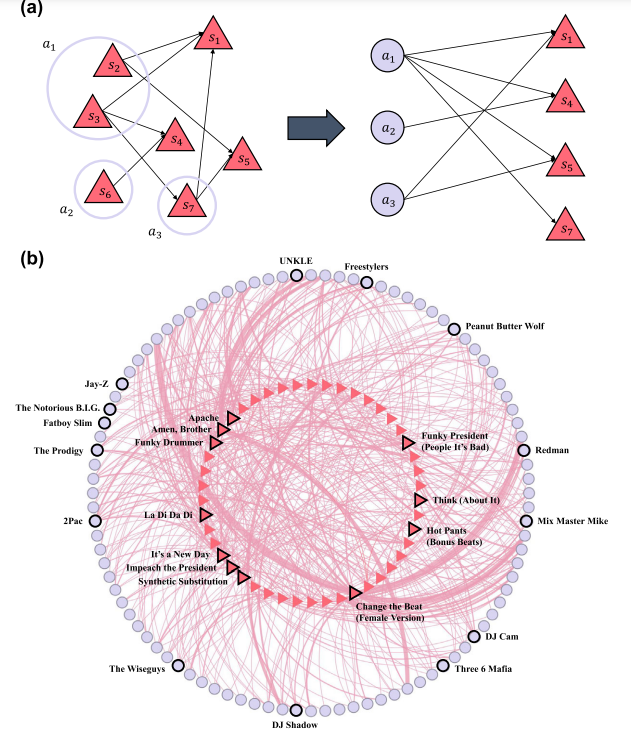EPJ Data Science Highlight - Mapping the cross-generational impact of musical sampling
- Details
- Published on 14 February 2025

Advanced network analysis reveals how musical sampling has driven the evolution of contemporary music, and enabled the revival of dormant musical styles to across generations.
Sampling has helped musicians to craft a rich and diverse musical landscape, and has bridged the gap between different generations of creators. By acting as ‘cultural genes’ which are passed down and incorporated into new compositions, samples can fundamentally shape the genre, mood, and identity of contemporary music: posing questions about how sampling has influenced the evolution of popular music over time.
Through new analysis published in EPJ Data Science, Dongju Park and Juyong Park at the Korea Advanced Institute of Science and Technology provide new insights into how sampling has driven the constant development of music, revived styles dormant for generations, and fostered connections between generations of musicians. Their work demonstrates the complex nature of musical evolution, and how it can be understood using the powerful mathematics of network frameworks.
Since its first widespread use by hip-hop artists in the 1980s, sampling has become integral to numerous genres of contemporary music. To explore its impact on musical evolution, Park and Park analysed over 330,000 sample-based songs performed between 1980 and 2019 – with each data point containing information about the artist, release year, genre of the new song, and sampling method used.
Using this data, they placed each song within a network, mapping which of them have taken samples from other songs in the past. In doing this, the duo identified common samples within and across distinct musical communities of specific eras. This enabled them to create a detailed map of these communities, representing the distinctive styles of successive generations of musicians.
Through a mathematical analysis of this network, Park and Park uncovered similarities between artists from separate generations, revealing how their styles evolved over time. In some cases, this approach identified a cultural ‘genetic atavism’, where musical styles became dormant for extended periods, before re-emerging later.
Altogether, the duo’s results challenge the notion of straightforward, linear progression in music, demonstrating instead that its evolution is a dynamic and complex process best understood through mathematical networks.
Park, D., Park, J. Evolution of sample-based music authorship network. EPJ Data Sci. 14, 5 (2025). https://doi.org/10.1140/epjds/s13688-025-00524-2




